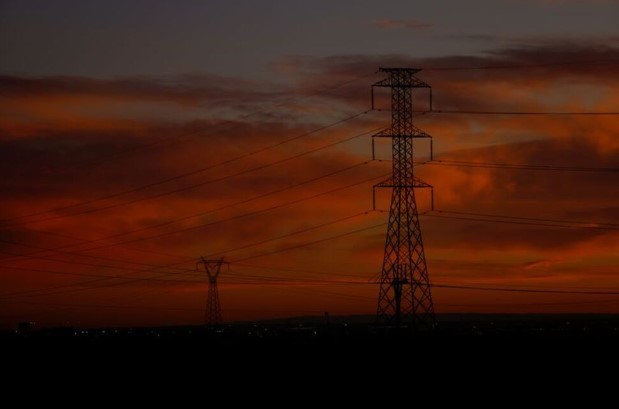
Increased Cooling Demand to Sustain Coal Plants This Year, IEA Reports
International Energy Agency notes rapid growth in global electricity demand driven by air conditioning needs
Global electricity consumption is set to rise at its fastest rate in nearly two decades this year, driven largely by an increased demand for air conditioning as temperatures climb, according to a report by the International Energy Agency (IEA) released on Friday.
This trend, expected to persist through 2025, will result in continued reliance on coal power, despite a significant rise in renewable energy production. The surge in air conditioning usage, following a year of record-breaking global temperatures and severe heatwaves, is pushing power grids to rely on a stable yet more polluting baseload supply from sources like coal.
"Global electricity demand growth this year and next is projected to be among the highest in the past twenty years, underscoring the growing significance of electricity in our economies and the impact of severe heatwaves," stated Keisuke Sadamori, IEA Director of Energy Markets and Security.
The rise in electricity consumption due to artificial intelligence (AI) is also spotlighting demand patterns from data centers, raising questions about deployment, demand forecasts, and energy efficiency, the IEA noted.
Global power consumption is expected to increase by approximately 4% in 2024, marking the highest growth rate since 2007, with this trend anticipated to continue into 2025. This is compared to a 2.5% rise in 2023, according to IEA data.
India is projected to lead in demand growth over the next year with an 8% increase in 2024, while China is expected to see a 6% growth rate, down 1% from 2023 as its economy continues to restructure. The European Union is anticipated to recover from two years of decline with a 1.7% growth, although uncertainties remain about future growth rates. The United States is also expected to rebound by 3% after a decline in 2023 due to mild weather.
Renewable energy production is expected to rise in the coming years, with renewables' share of the global energy supply projected to reach 35% by 2025, up 5% from 2023. This increase is likely to see solar and wind power surpass hydropower's share in the global energy mix.
Total renewable energy generation is forecast to surpass coal-fired electricity output by 2025. However, coal is expected to remain resilient in 2024, potentially increasing by less than 1%, contingent on hydropower output, particularly in China.
Consequently, carbon emissions from the global power sector are plateauing, with slight growth anticipated this year before a decline in 2025, the IEA reported.
(Reporting by Forrest Crellin; editing by David Evans)